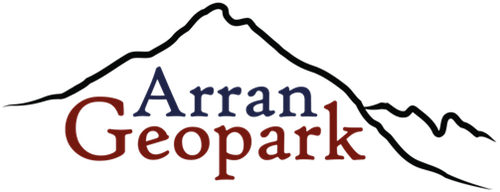Each aspects impacts on the other – without geology we wouldn’t have the rock formations; without those we wouldn’t have communities created thousands of years ago; we wouldn’t have the stunning natural environment and eco system that supports our flora, fauna and even our incredible produce.
You can find out more at the Arran Geopark hubs, Arran Heritage Museum, and also from Arran Rangers and others in the community itself.
Arranology is the melding and overlap of all of these things to create the beautiful and stunning island that we are proud to call home and that we are welcoming you to embrace. Join us, and become an Arranologist!
